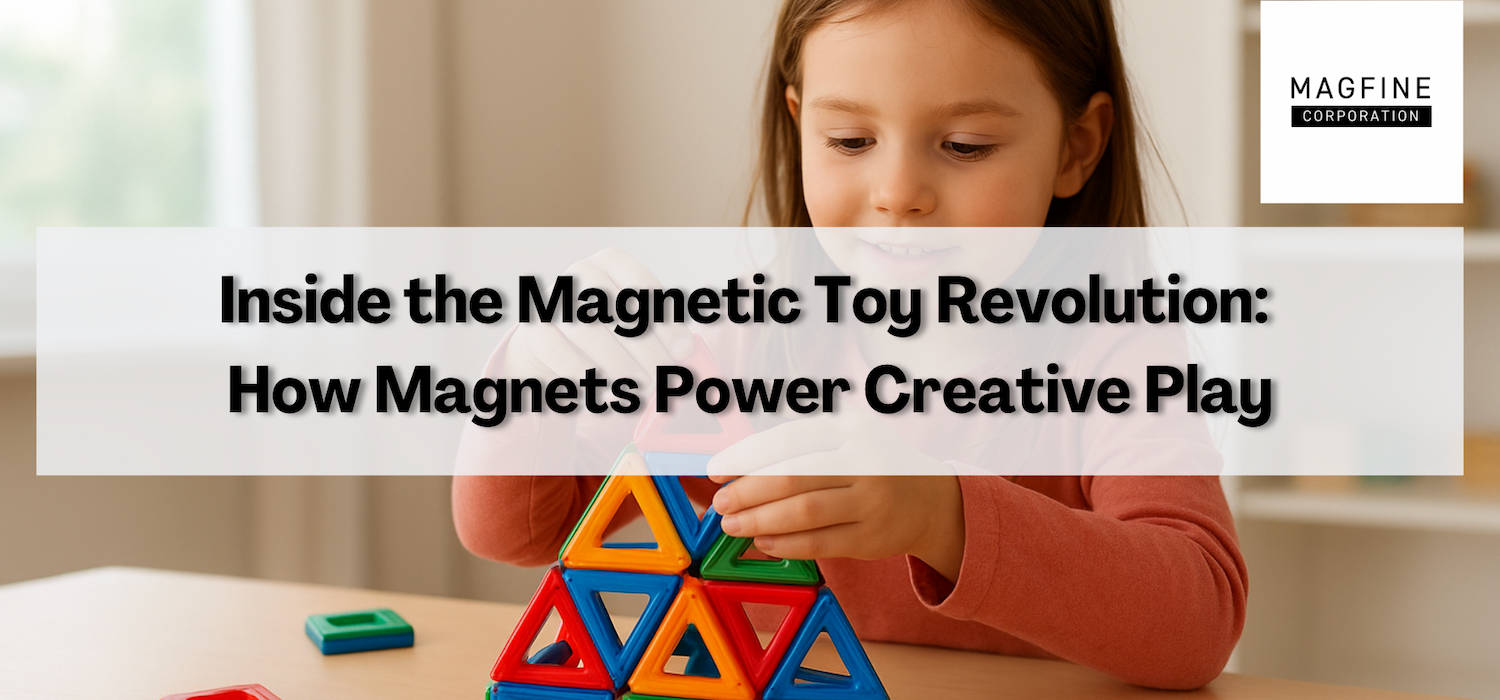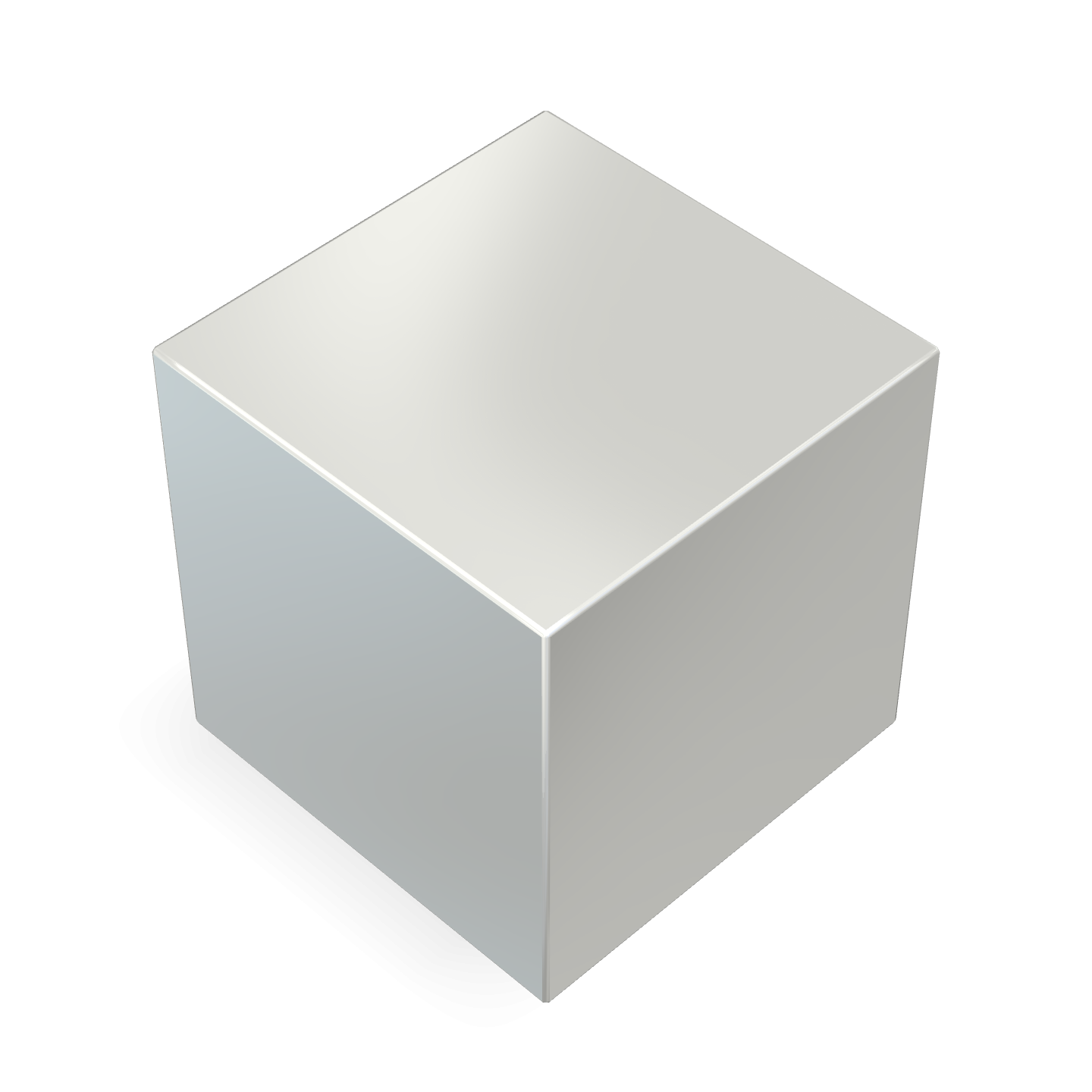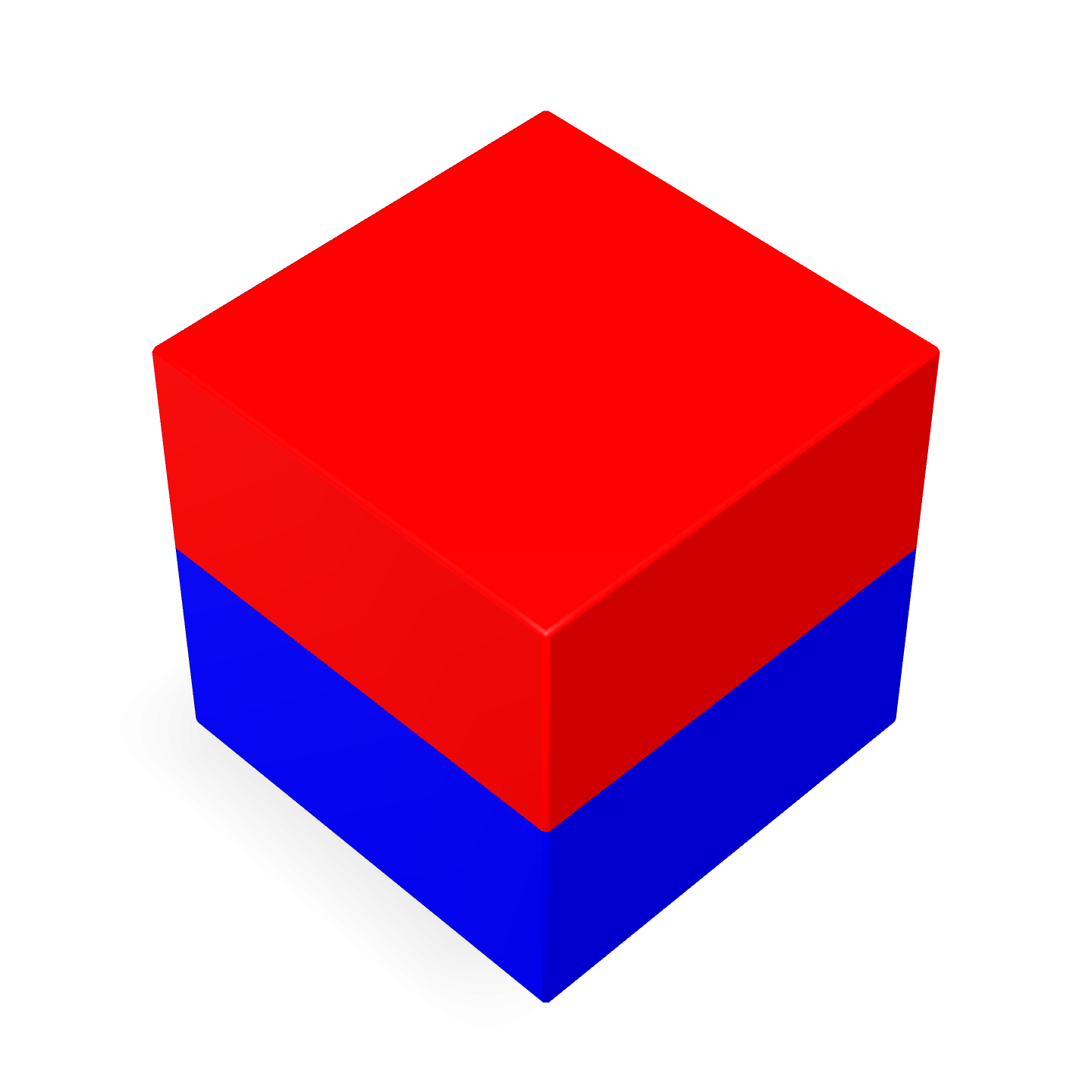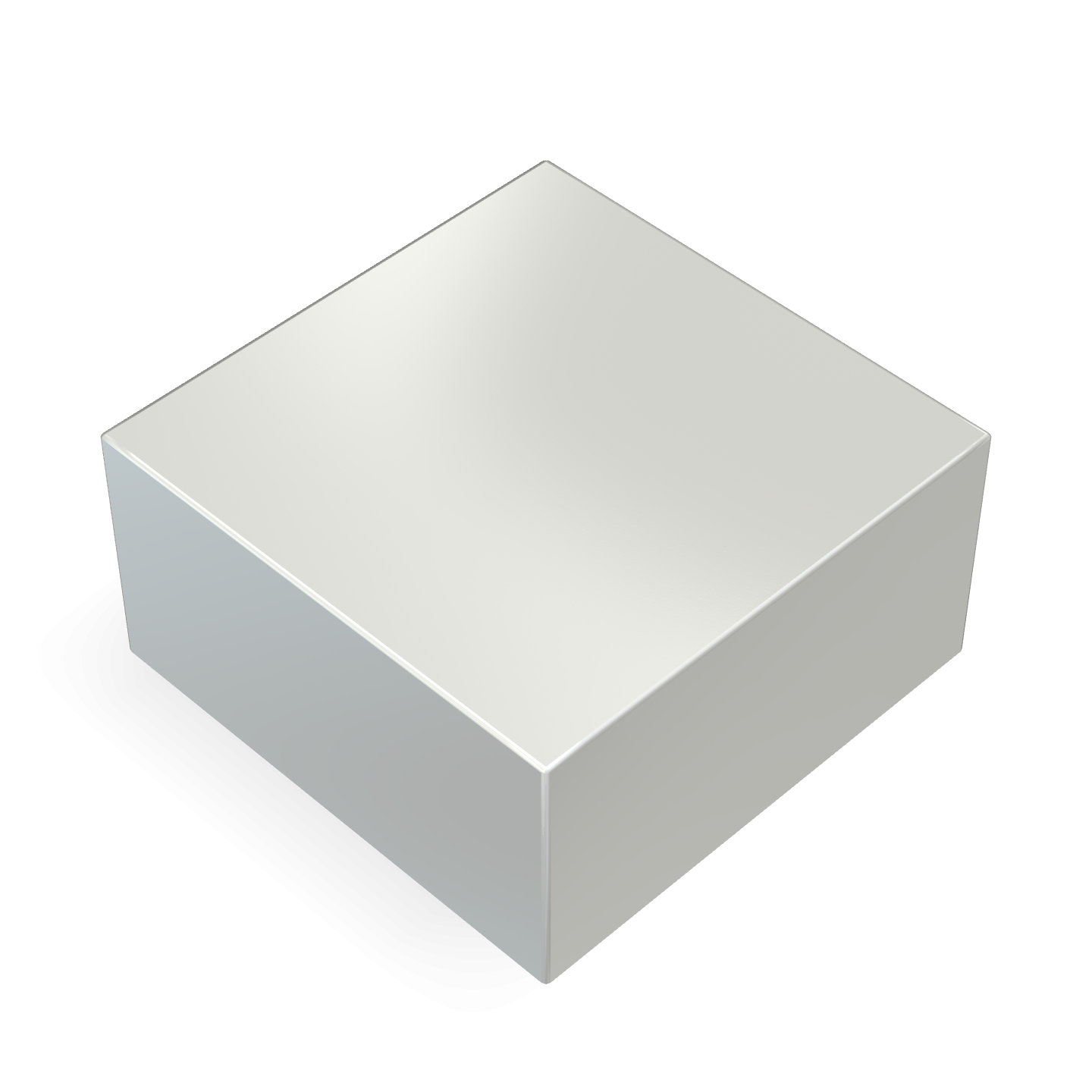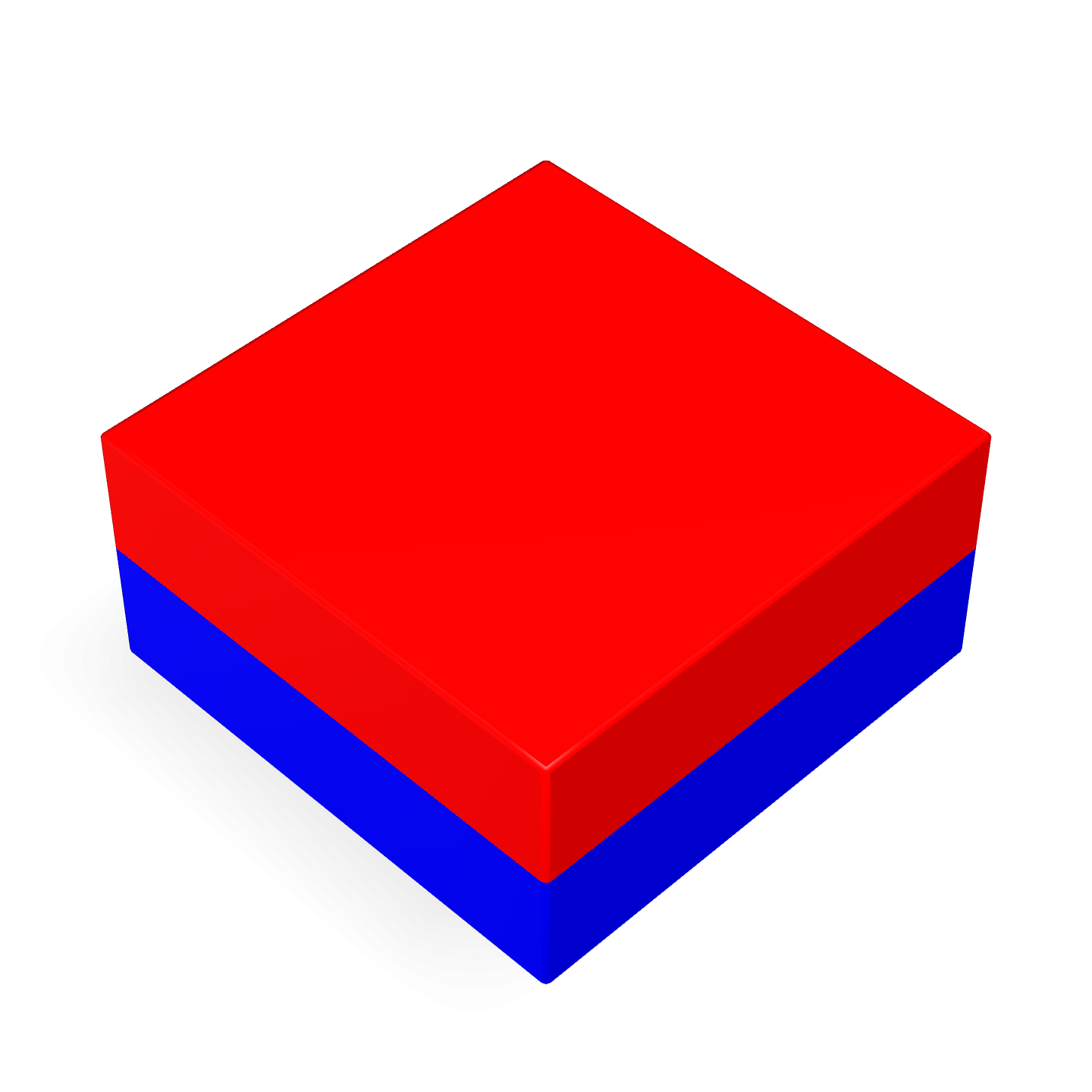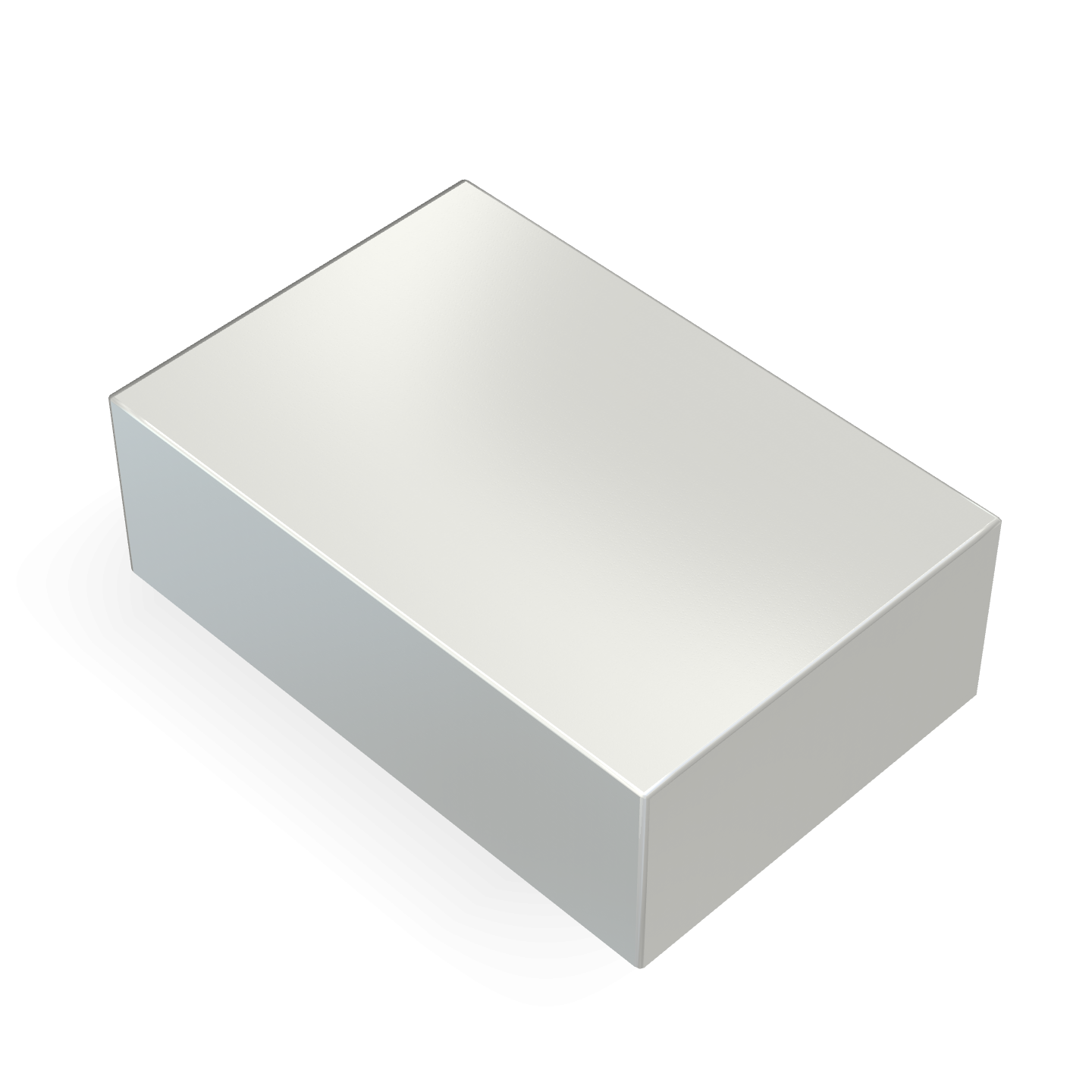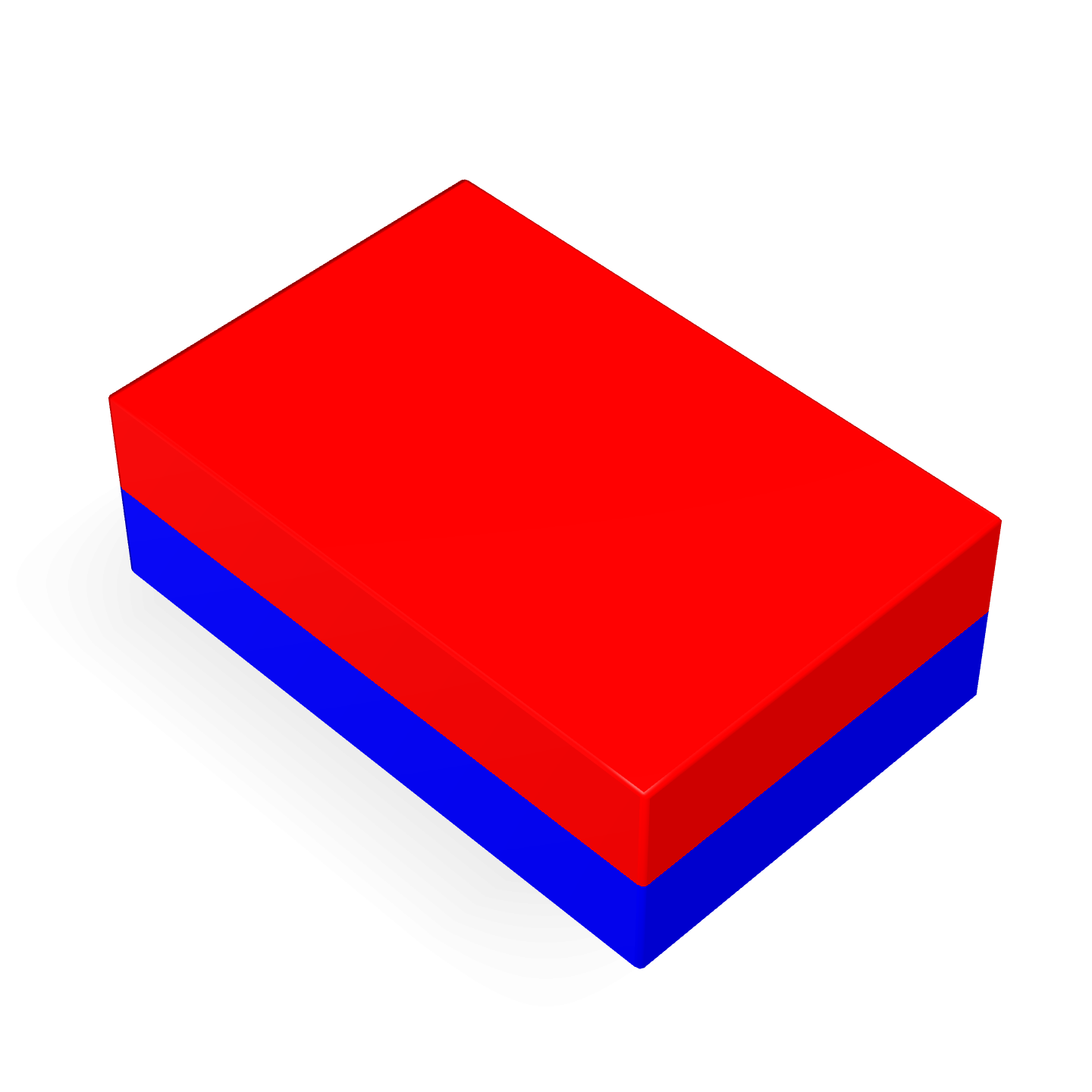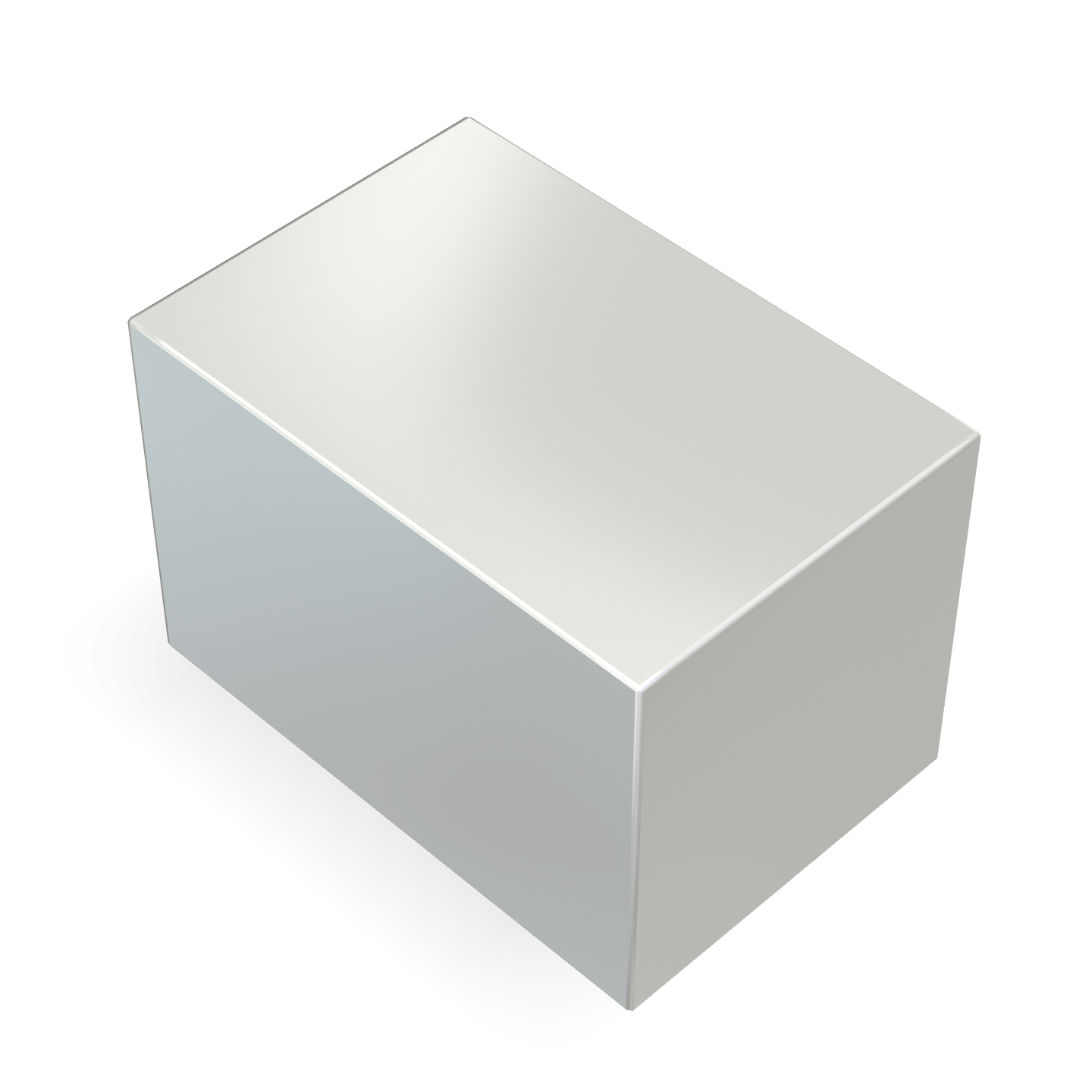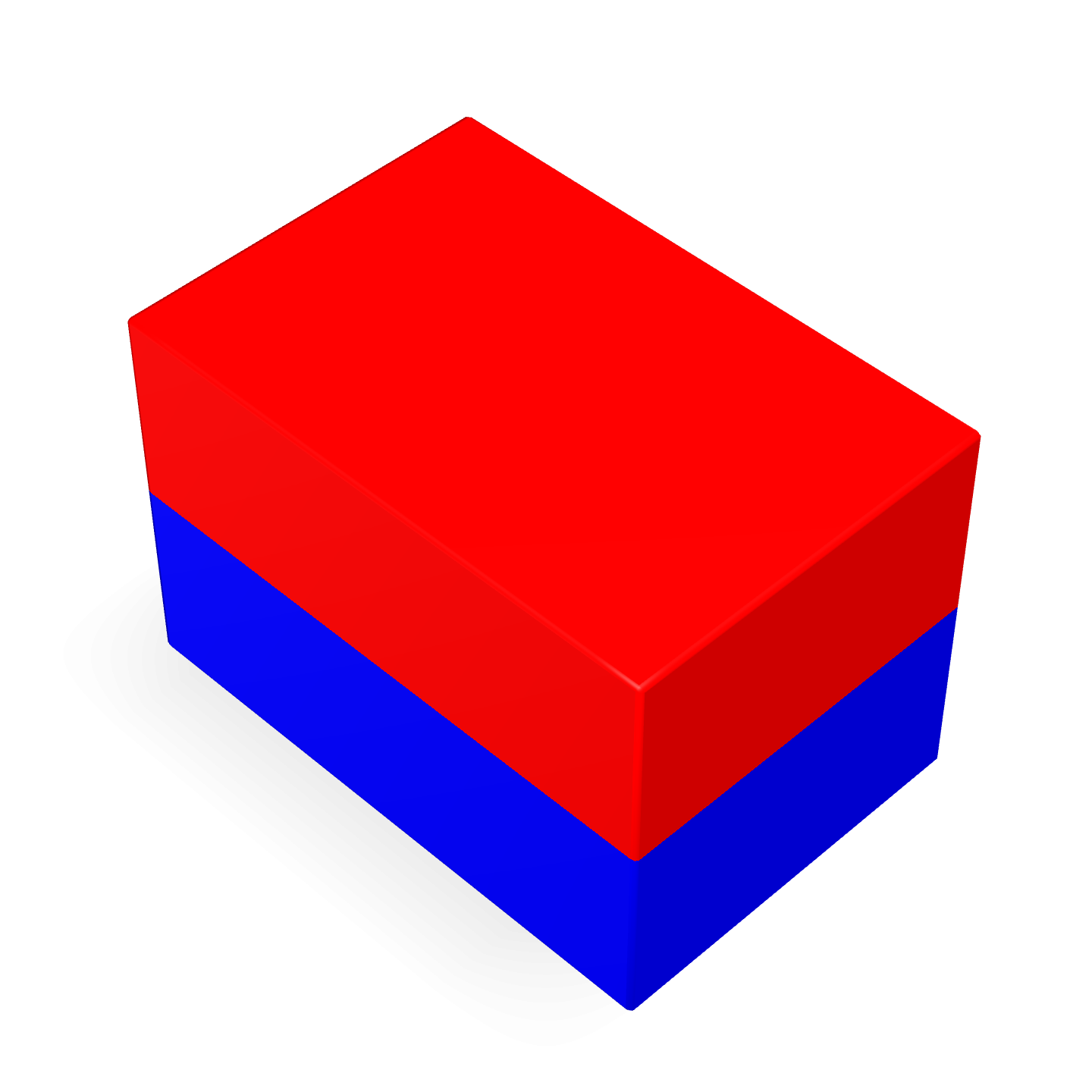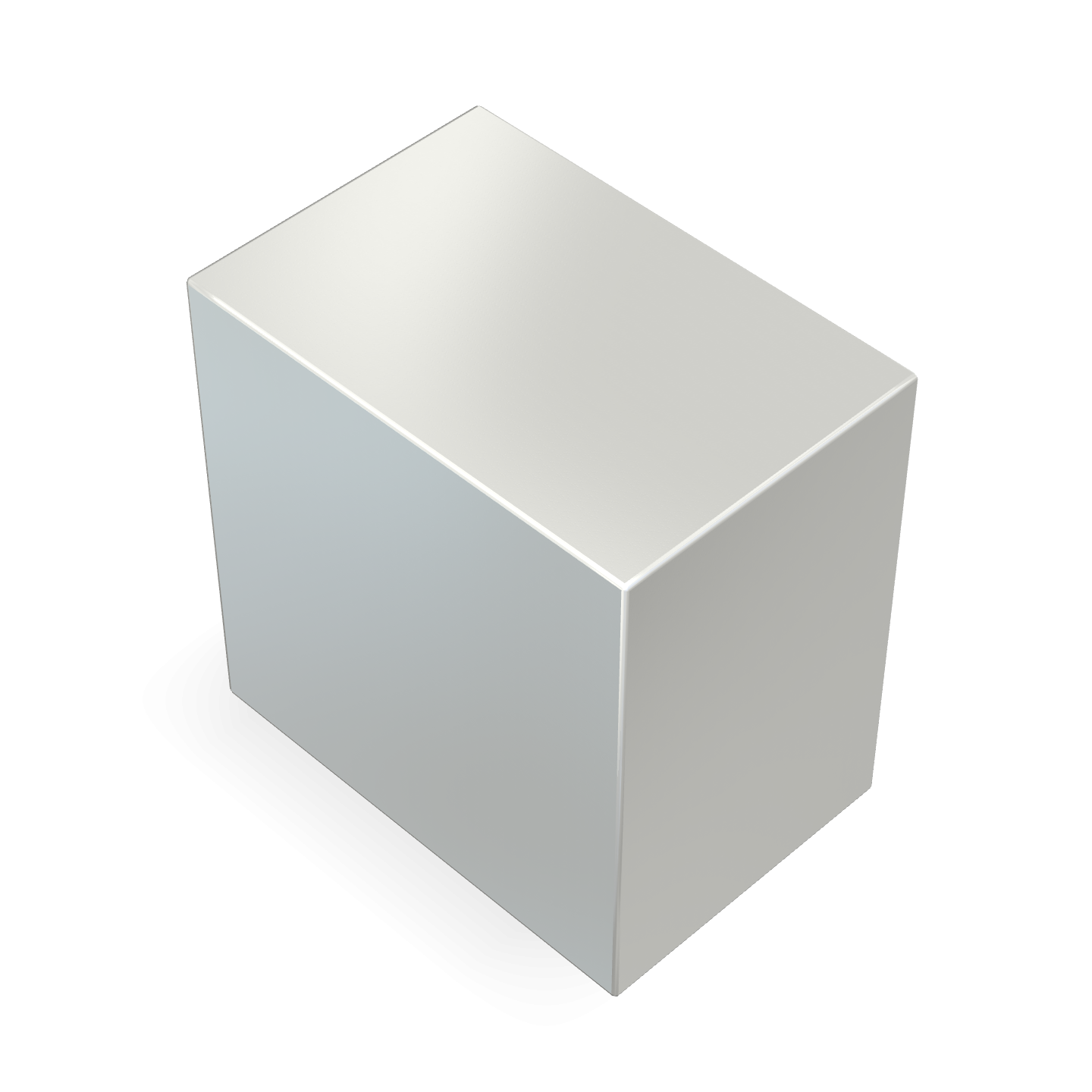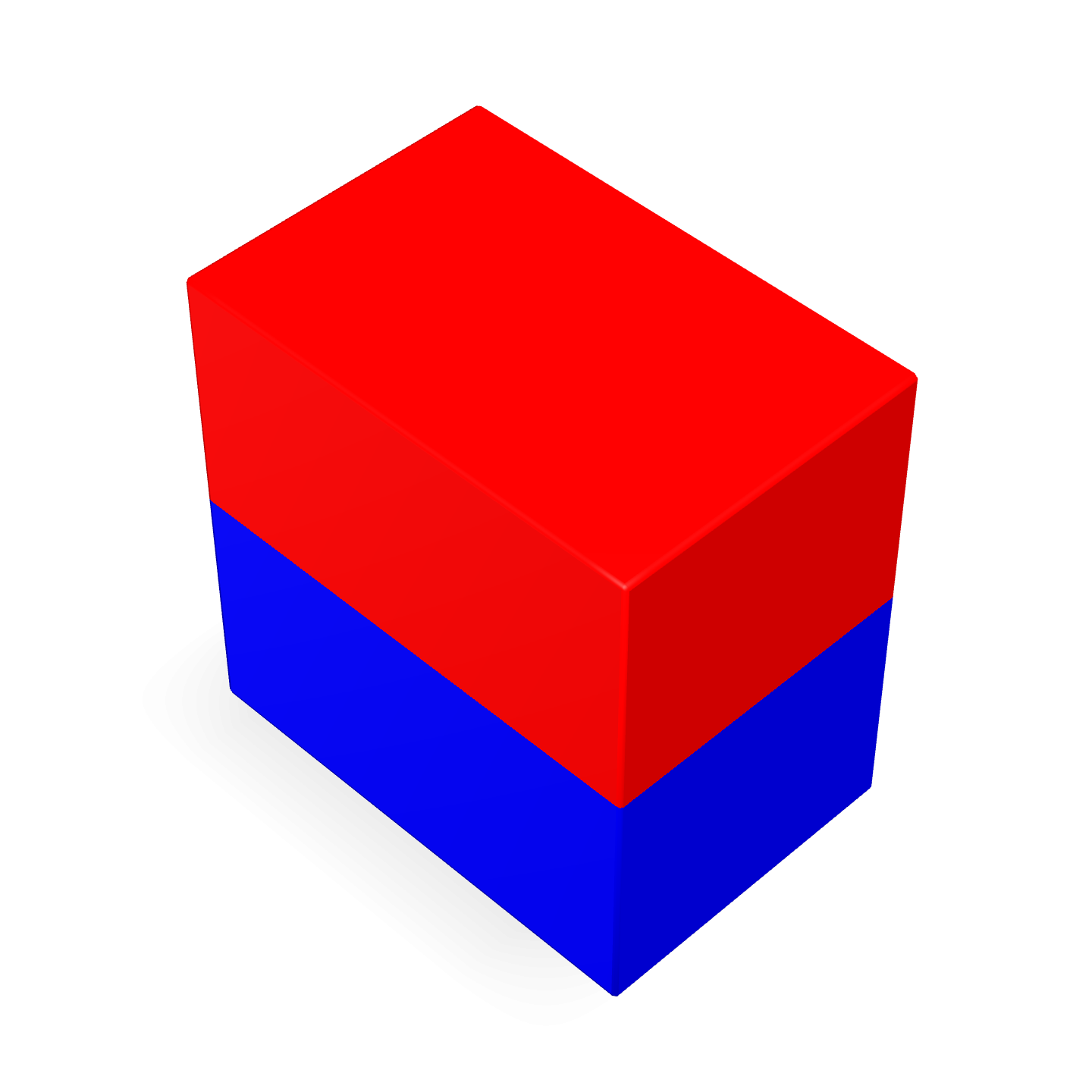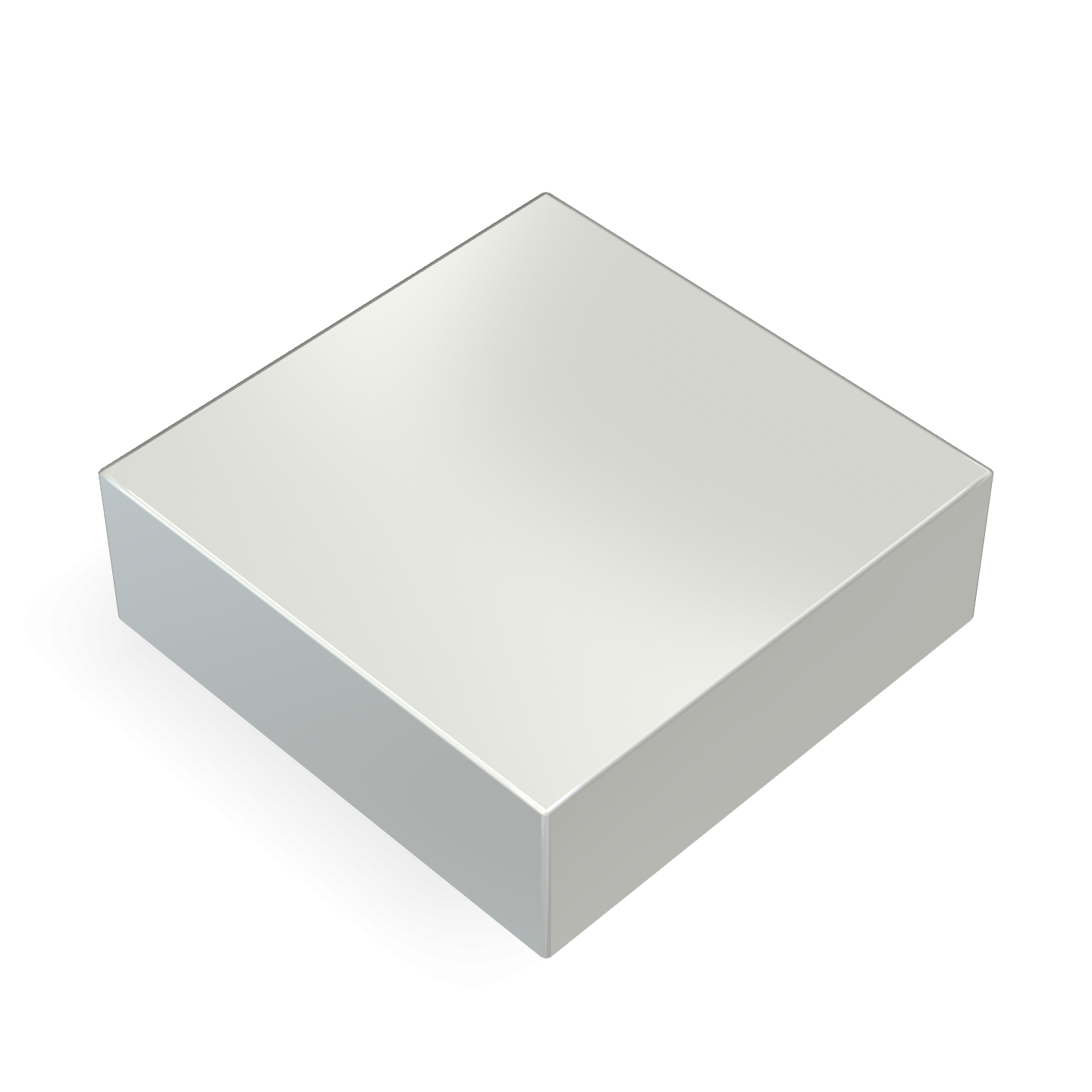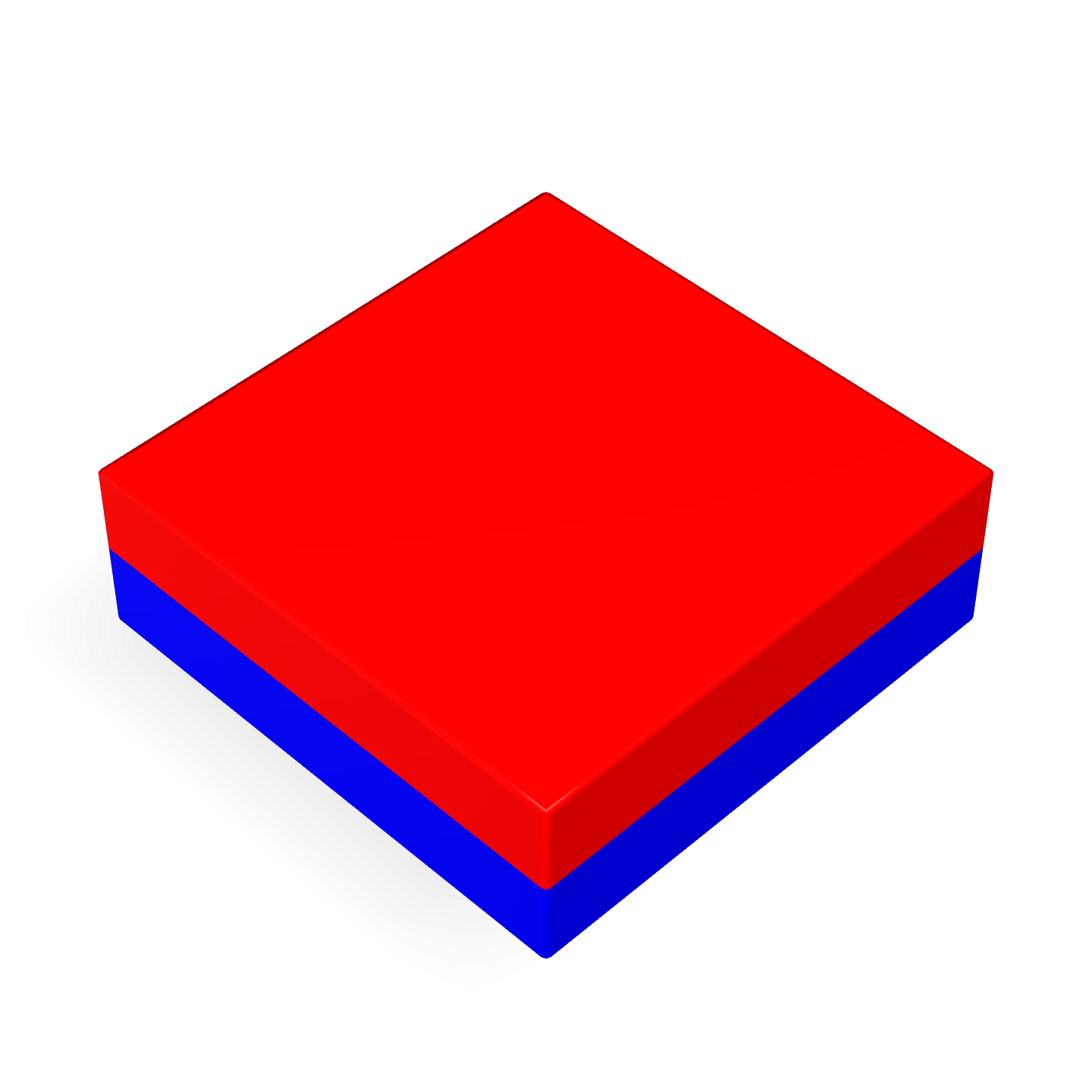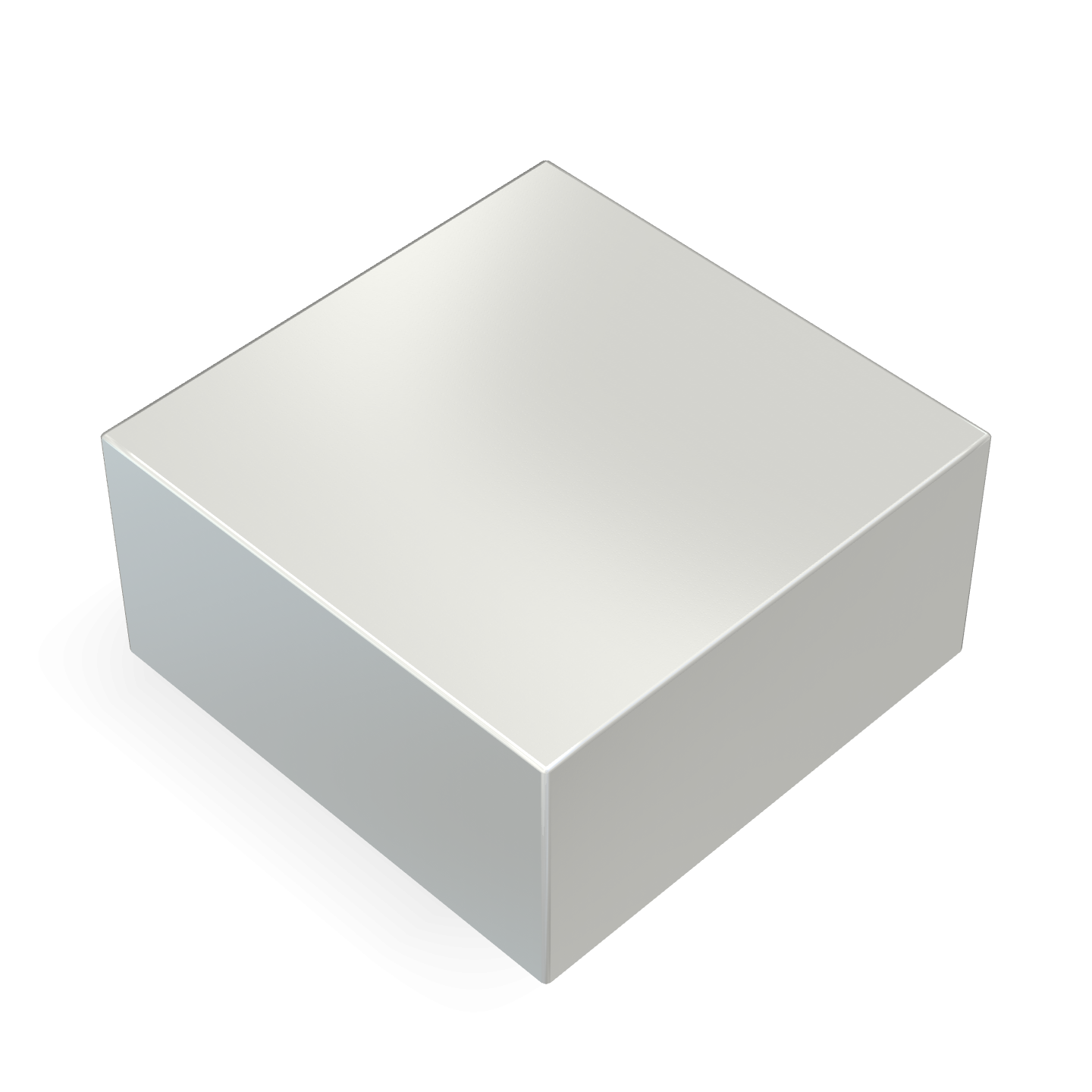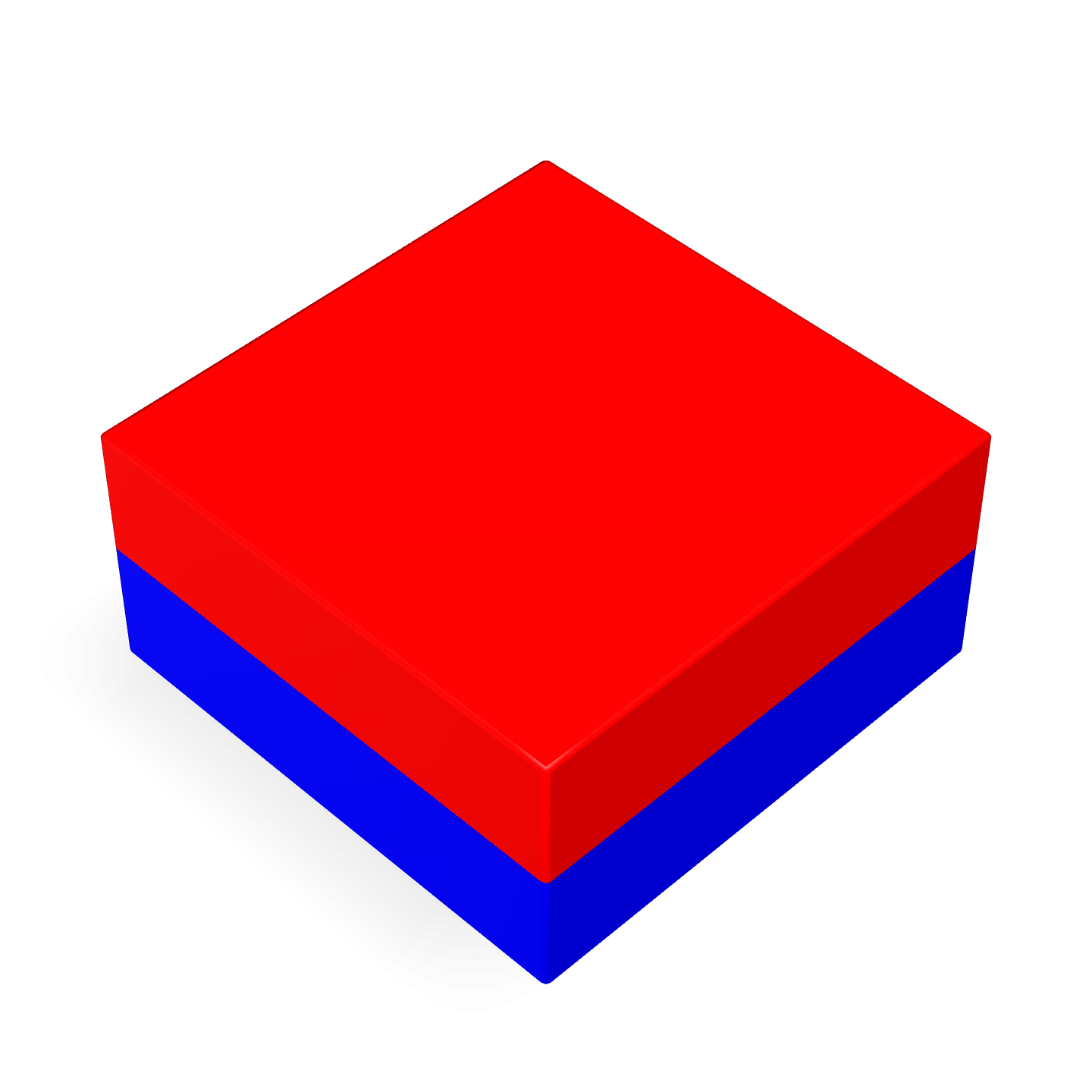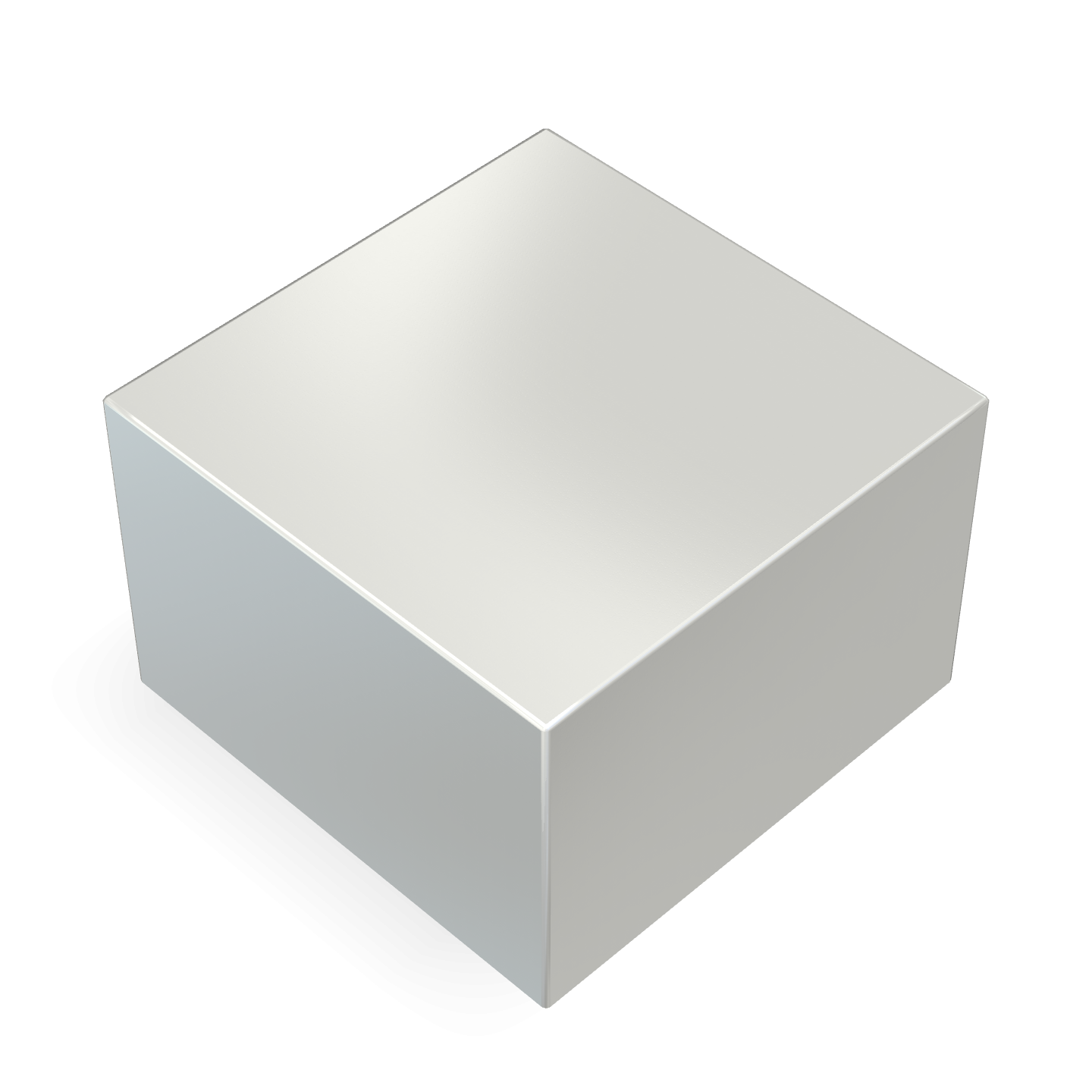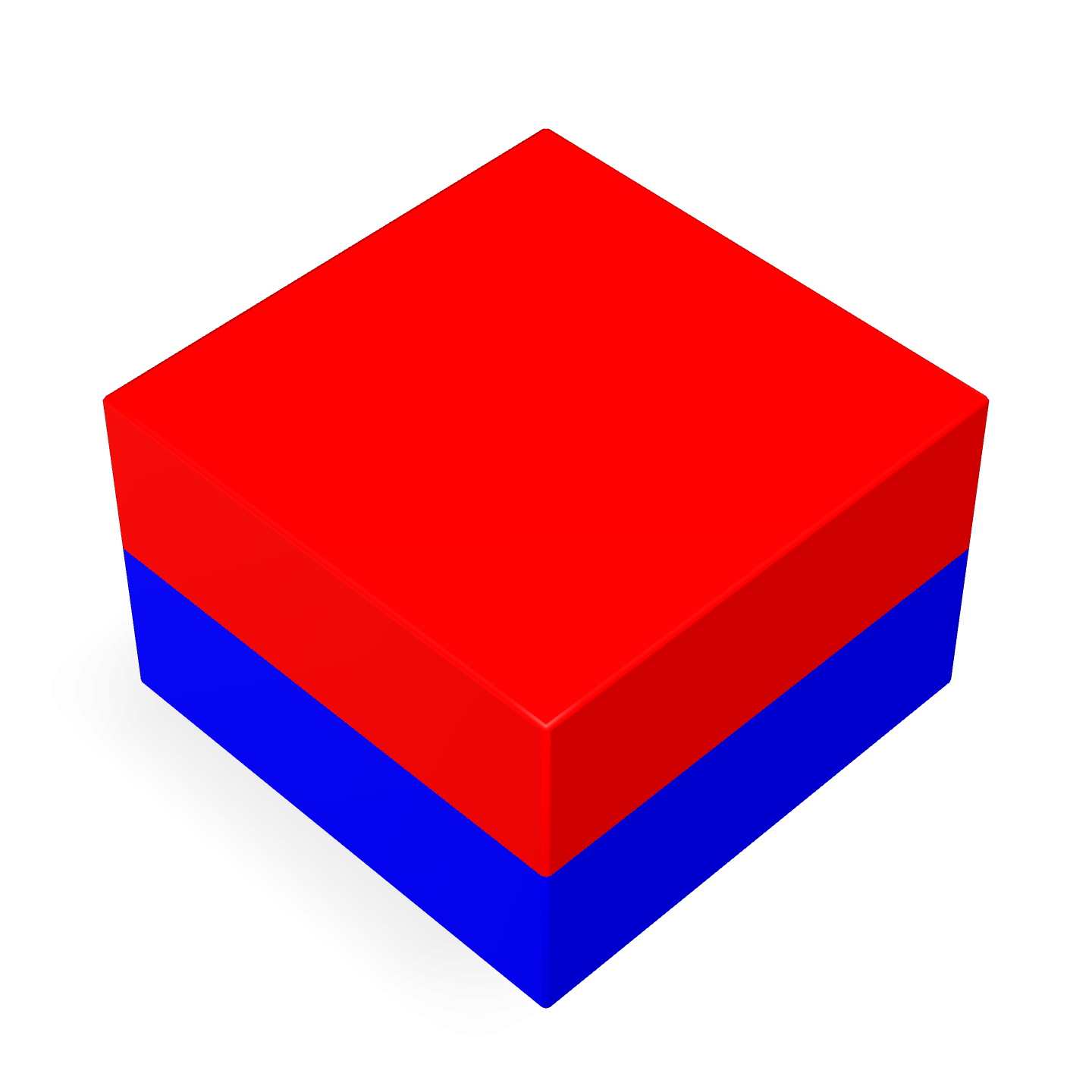Inside the Magnetic Toy Revolution: How Magnets Power Creative Play
If you’ve ever watched a child build a tall tower of magnetic tiles or click together a set of colorful rods and spheres, you’ve seen the quiet power of magnets at work. What used to be a simple curiosity from science class has evolved into one of the most popular features in modern toys. Magnetic play has become a global trend, combining imagination, learning, and engineering in a way that feels effortless.
As a manufacturer and supplier of high-quality neodymium magnets, we at Magfine.ca have seen firsthand how these small, precise components are transforming the toy industry. This article explores how magnets are used in toys and building blocks, the types involved, and why they’ve become essential to modern creative play.
Why Magnetic Toys Have Captured the World’s Attention
Children are naturally drawn to things that click, connect, and move. Magnets make this possible in a uniquely satisfying way. Unlike traditional interlocking blocks, magnetic toys don’t require pressure or alignment; the attraction happens almost magically. This makes them easier for small hands to manipulate and more enjoyable for kids to experiment with.
The surge in popularity since 2020 has been driven by a blend of education and entertainment. Parents and educators have realized that magnetic toys do more than just entertain—they teach. Concepts like polarity, geometry, and structural stability become part of playtime, making these toys an excellent foundation for early STEM learning.
Understanding the Science Behind the Click
Every magnetic toy operates on the same basic principle: the attraction and repulsion between magnetic poles. Magnets have a north and south pole, and opposite poles attract. When designed correctly, this force provides the perfect balance between flexibility and firmness, allowing pieces to hold together yet come apart easily.
Most toy manufacturers rely on neodymium magnets because they’re the strongest type of permanent magnet available. Despite being small, they can generate significant magnetic force, even through layers of plastic. These rare-earth industrial magnets are made from a combination of neodymium, iron, and boron, which creates a high energy density ideal for compact designs.
Types of Magnetic Toys and How They Work
There’s a wide range of magnetic toys on the market, each using magnets in slightly different ways:
- Magnetic Building Tiles – These are typically flat, transparent shapes with small neodymium magnets encased along the edges. They allow children to build 2D or 3D structures easily. The magnets are carefully oriented so that edges always align correctly.
- Rod-and-Ball Systems – These use steel spheres as connectors and magnetic rods that attract from either end, allowing more flexible structures with rotation and articulation.
- Magnetic Train Sets and Figurines – Here, magnets act as couplers or attachment points, creating smooth motion without mechanical hooks.
- Magnetic Puzzles and Fidget Toys – Often smaller in scale, these rely on weaker ferrite or low-grade neodymium magnets to provide tactile feedback.
In all of these designs, safety is critical. The magnets are fully enclosed within ABS or HIPS plastic shells to prevent exposure or swallowing hazards. Overmolding techniques and ultrasonic welding ensure the magnets cannot come loose, even under repeated impact.
How Toy Engineers Choose the Right Magnet
The choice of magnet depends on several technical considerations: strength, size, cost, and safety. For most premium toy brands, neodymium magnets offer the best balance. A Grade N35 or N42 block magnet can deliver enough holding force for small plastic enclosures while maintaining a slim profile.
Engineers also consider the polarity layout. By alternating north-south poles across edges, pieces can self-align, ensuring that children can build without frustration. The consistent “click” not only improves play value but also reflects precision in manufacturing.
Safety and Global Standards
Magnet safety in toys is heavily regulated under ASTM F963 in North America and EN71 in Europe. These standards require encapsulation, pull-force testing, and strict inspection of each part. Modern production facilities often use automated sensors to confirm magnet polarity and placement before assembly.
Magfine.ca supplies magnets that comply with these global standards, offering grades suitable for applications that demand reliability and coating durability. Our products are widely used by manufacturers producing magnetic tiles, construction kits, and educational tools across Canada and internationally.
The Educational Benefits of Magnetic Play
Beyond the engineering and safety aspects, magnetic toys have real educational value. They stimulate spatial reasoning, problem-solving, and fine motor coordination. Building with magnets helps children visualize 3D relationships, introducing early lessons in geometry and physics.
Teachers and parents often incorporate magnetic play into early STEM programs, where creativity and logic meet. The tactile, hands-on experience of connecting and balancing pieces keeps children engaged longer than traditional blocks or digital games.
Why High-Quality Magnets Matter
Not all magnets are created equal. Low-grade or poorly coated magnets can lose their strength over time or corrode inside their casings. High-quality neodymium magnets maintain consistent performance for years. This is one reason professional toy makers choose reliable suppliers who understand both magnetic properties and manufacturing needs.
At Magfine.ca, we specialize in precision-engineered neodymium and industrial magnets in Canada, serving manufacturers who need consistent quality at scale. Our magnets are available in discs, blocks, and custom forms, allowing seamless integration into a variety of products.
Looking Ahead: The Future of Magnetic Play
As technology advances, we’re starting to see magnetic systems integrated with sensors, LEDs, and even coding interfaces. Hybrid sets that combine magnetic construction with smart electronics are likely to dominate classrooms and playrooms in the coming years.
The balance of creativity, safety, and engineering continues to evolve, but one thing remains the same—the magnet’s ability to bring ideas together effortlessly. The next time you hear that satisfying click of two pieces connecting, remember that there’s precision science and careful design behind it.
This concludes Part 1 of our series. In Part 2, we’ll explore the engineering behind magnetic building blocks—how magnet strength, coating, and placement come together to create durable, safe, and endlessly fascinating toys.
Q&A: Common Questions About Magnets in Toys
Q1: Are neodymium magnets safe for children’s toys?
Yes. When properly encapsulated inside durable plastic and tested under international standards, neodymium magnets are safe for use in toys. Manufacturers must ensure magnets cannot detach or become accessible.
Q2: Why are neodymium magnets preferred over ferrite magnets?
Neodymium magnets provide much higher magnetic strength in a smaller size. This allows toy designers to keep components lightweight without compromising performance.
Q3: How do magnetic toys support learning?
Magnetic building sets encourage problem-solving, geometry, and spatial awareness. They also promote fine motor development and creativity, making them excellent educational tools.
Q4: Where can manufacturers find reliable neodymium magnets in Canada?
Magfine.ca provides a full range of neodymium, ferrite, and industrial magnets tailored for both educational and industrial use, with reliable delivery and quality assurance.

